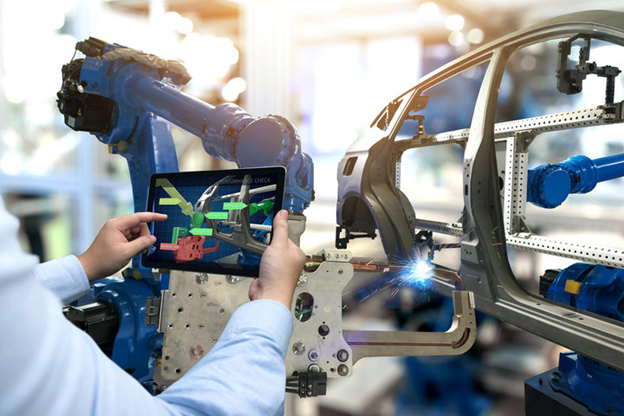
Performance and aesthetics tend to take center stage in contemporary automotive design, but the best indicator of a driver's experience usually happens beneath their skin and ears, rather than in front of their eyes. Jeffrey Lux, NJ, points out that Noise, Vibration, and Harshness, or NVH, is much more than just a technical requirement; it is a three-dimensional engineering science.
NVH exists at the interface of physics, materials science, mechanical design, and human perception, dictating how a car speaks to refinement, stability, and quality. Knowing NVH is more than just about comfortable passengers. It has a direct effect on safety, control, and driver confidence, offering subtle but vital information about how a car will react to the road. From the quiet note of a perfectly tuned motor to the almost imperceptible manner in which the car absorbs road bumps, each detail serves a purpose: to create an uninterrupted link between car and driver.
As Jeffrey Donald Lux notes, mastering NVH is what transforms a vehicle from a collection of parts into a cohesive driving experience, where precision, reliability, and comfort coexist seamlessly.
NVH is comprised of three interrelated elements that define the driving experience:
As per Jeffrey Donald Lux, NVH is distinctive in that it is measurable but subjective: engineers can measure vibrations using instruments, but the driver's experience defines comfort and perceived quality.
While a car's speed, horsepower, and aerodynamic design attract the most attention, the subtler aspects of driving, such as engine rumble, road feel, and the calming reassurance provided by cabin sound damping, result from careful engineering. Jeffrey Lux of NJ notes that while NVH issues are rarely visible, they persistently exist. Every rattle, vibration, or harsh resonance is a story of material choice, structural design, and mechanical sophistication.
Engineers must forecast not only how components interact but also how the human ear and body decipher those interactions. The challenge is to harmonize multiple systems at the same time—engine, chassis, suspension, and interior—so that performance, comfort, and refinement coexist.
The following are the key reasons why NVH requires such painstaking engineering consideration:
Through simulation software and physical testing, engineers vary thickness, layering, or composition to maximize cabin quietness without adding unnecessary weight.
Jeffrey Lux of Ramsey, NJ, highlights that the aim is to create a quiet, sophisticated cabin without sacrificing weight efficiency, integrating physics, materials science, and human perception into a single NVH strategy.
Jeffrey Lux of Ramsey, NJ, points out that NVH engineering involves solving an unseen, multi-dimensional puzzle. Changes in one part tend to ripple across other systems, requiring iterative refinement.

Aerodynamic Refinement: Mirrors, seals, and paneling reshaped to minimize wind noise.
Jeffrey Donald Lux emphasizes that these solutions must reconcile performance, efficiency, and comfort, especially in electric vehicles, where motor whine and lightweight platforms amplify NVH challenges.
Electric and autonomous vehicles have redefined the NVH landscape:
Jeffrey Lux of NJ notes that in the EV era, NVH is no longer optional, it is fundamental to perceived vehicle quality and long-term customer satisfaction.
Both data-driven methods and experiential approaches quantify the effectiveness of NVH.
Jeffrey Lux of Ramsey, NJ, emphasizes that blending hard data with human feedback ensures NVH improvements translate into real, perceptible comfort.
To Jeffrey Donald Lux, NVH represents the invisible artistry of automotive design. True vehicle excellence is not only horsepower or design, it’s how a car feels, sounds, and responds to its occupants.
Silent, smooth, and controlled rides build confidence in engineering precision. Optimized NVH reduces fatigue, sharpens concentration, and directly enhances safety.
Integrated NVH solutions for EVs and autonomous vehicles redefine ride quality, setting new benchmarks for modern mobility. As Jeffrey Lux NJ concludes, careful NVH engineering ensures that every drive is safer, more comfortable, and infused with a distinctly human touch.